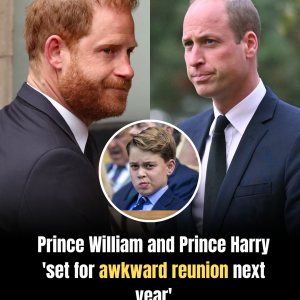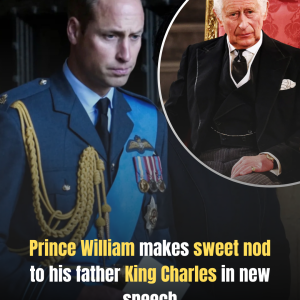
A newborn who entered the world just last week has already etched his name in the record books.
Thaddeus Daniel Pierce, born on Saturday, July 26, in Ohio, has been dubbed the “world’s oldest baby” — and not because of how he looks or acts, but because of the incredible story behind his birth.
While it’s rare to make headlines the moment you’re born, this baby’s unique arrival has captured global attention. When he’s older, Thaddeus will be able to look back at the remarkable circumstances surrounding his birth.

So, How Can a Baby Be “Old”?
Thaddeus is the son of Lindsey (35) and Tim Pierce (34), who live in the United States. Speaking to MIT Technology Review, Lindsey shared how surreal the entire experience was for her family: “It was like something from a sci-fi movie,” she said.
“We didn’t go into it thinking we would break any records,” Lindsey added. “We just wanted to have a baby. We had a rough birth but we are both doing well now. He is so chill. We are in awe that we have this precious baby!”
If you’re confused about how a newborn can be considered old, you’re not alone. The explanation lies in modern reproductive technology.
Thaddeus was born from an embryo that had been frozen for more than three decades — a whopping 30 years — setting a new record for the longest-frozen embryo to result in a successful live birth. The embryo was transferred into Lindsey’s uterus in November 2024, and she gave birth this past weekend.

A 30-Year Journey From Embryo to Infant
The embryo came from Linda Archerd, 62, who created it with her then-husband in 1994 through IVF. Out of four embryos created, one became Linda’s daughter — who is now 30 — while the remaining three were stored.
After her divorce, Linda chose not to discard the embryos. Instead, she kept them in storage, paying thousands of dollars annually, in hopes they could one day help another family or be used for research.
As time went on, she explored embryo adoption but ran into resistance from clinics reluctant to work with embryos frozen for that long. Eventually, she connected with a facility willing to help, and she took the leap to place the embryos for adoption — with one important request: she wanted to remain involved, as the baby would be a full sibling to her daughter.

A Match Made Through Embryo Adoption
Lindsey and Tim had been trying to conceive for seven years before turning to embryo adoption. They connected with the Snowflakes embryo adoption program run by Nightlight Christian Adoptions — a service that lets donors select recipients based on preferences like religion, nationality, and race.
Linda chose to match with a married, Caucasian Christian couple living in the U.S., and was paired with the Pierces.
“This has been pretty surreal,” Linda told MIT Technology Review, adding that it’s still “hard to even believe.”
Beth Button, the executive director of the Snowflakes program, revealed that “over 90% of clinics in the US would not have accepted these embryos” because of how long they had been frozen.
Now that Thaddeus is here, Linda is excited to meet him. After seeing photos sent by Lindsey, she was struck by how much the baby looks like her daughter.

“The first thing that I noticed when Lindsey sent me his pictures is how much he looks like my daughter when she was a baby,” Linda said. “I pulled out my baby book and compared them side by side, and there is no doubt that they are siblings.”
Adding to the mind-bending nature of the story, Thaddeus’ father, Tim, was just a toddler when the embryos were first created.
Despite the unusual path to his arrival, baby Thaddeus is healthy, cherished, and making history just by being born. Congratulations to Lindsey, Tim, and everyone involved in bringing this remarkable little boy into the world.



